Michael Schmidt - 89/90, Snoeck, 2010, Hannover
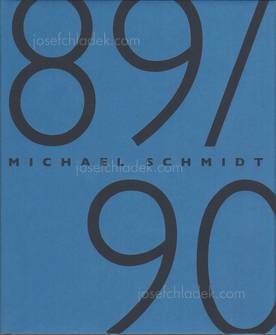
Michael Schmidt 89/90

Michael Schmidt 89/90
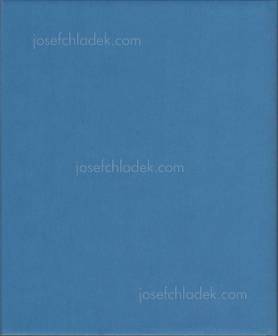
Michael Schmidt 89/90
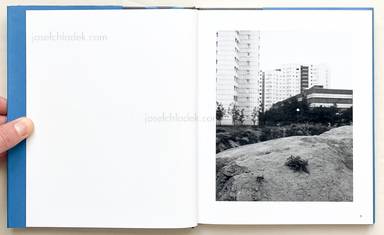
Sample page 1 for book " Michael Schmidt – 89/90", josefchladek.com
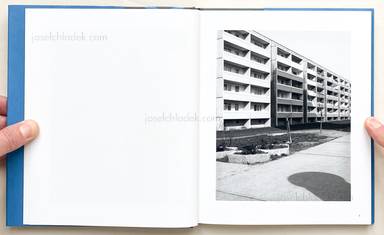
Sample page 2 for book " Michael Schmidt – 89/90", josefchladek.com
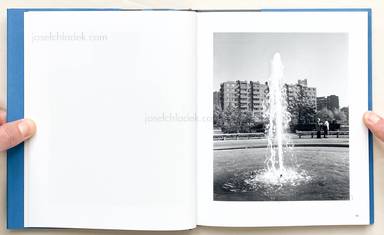
Sample page 3 for book " Michael Schmidt – 89/90", josefchladek.com
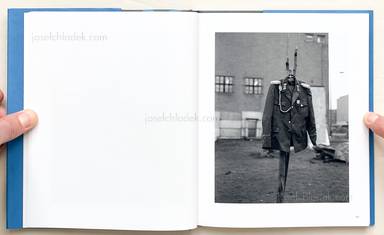
Sample page 4 for book " Michael Schmidt – 89/90", josefchladek.com
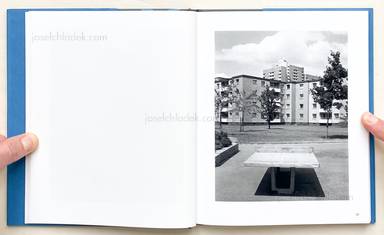
Sample page 5 for book " Michael Schmidt – 89/90", josefchladek.com
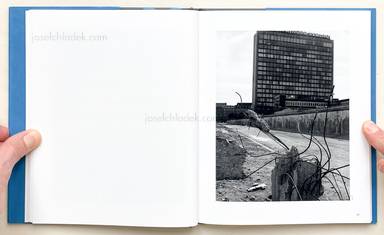
Sample page 6 for book " Michael Schmidt – 89/90", josefchladek.com
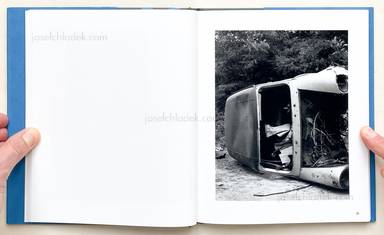
Sample page 7 for book " Michael Schmidt – 89/90", josefchladek.com
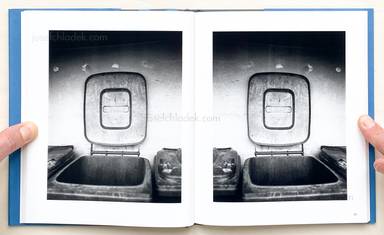
Sample page 8 for book " Michael Schmidt – 89/90", josefchladek.com
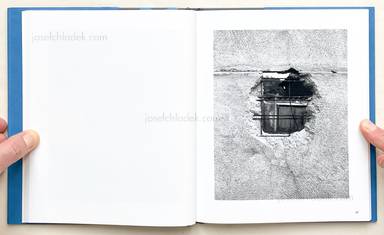
Sample page 9 for book " Michael Schmidt – 89/90", josefchladek.com
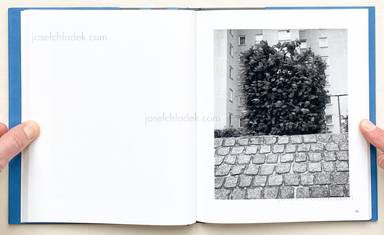
Sample page 10 for book " Michael Schmidt – 89/90", josefchladek.com
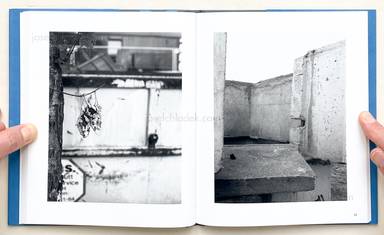
Sample page 11 for book " Michael Schmidt – 89/90", josefchladek.com
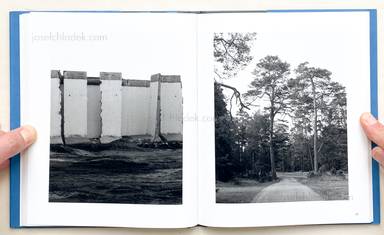
Sample page 12 for book " Michael Schmidt – 89/90", josefchladek.com

Sample page 13 for book " Michael Schmidt – 89/90", josefchladek.com
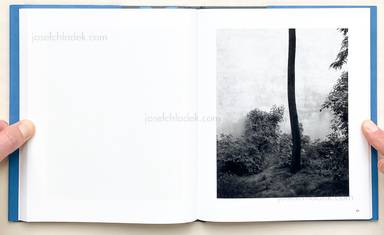
Sample page 14 for book " Michael Schmidt – 89/90", josefchladek.com

Sample page 15 for book " Michael Schmidt – 89/90", josefchladek.com
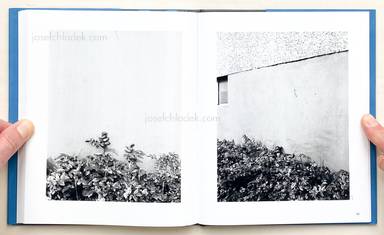
Sample page 16 for book " Michael Schmidt – 89/90", josefchladek.com
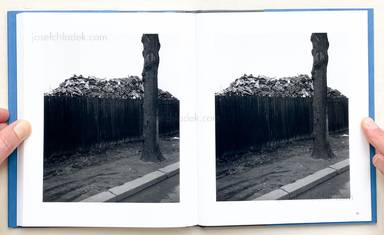
Sample page 17 for book " Michael Schmidt – 89/90", josefchladek.com
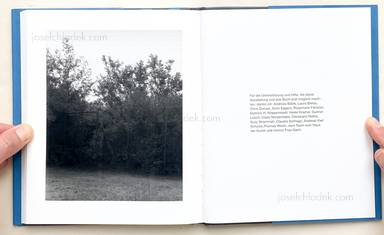
Sample page 18 for book " Michael Schmidt – 89/90", josefchladek.com
Other books by Michael Schmidt (see all)








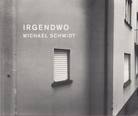

Other books tagged Berlin (see all)









Other books tagged Cities (see all)









Other books tagged Black & White (see all)









Other books tagged Germany (see all)









Other books tagged Typocover (see all)









Other books by Snoeck (see all)




Books to shop at anzenbergergallery-bookshop.com
Hardcover, with dust jacket. Exhibition catalogue, edited by Thomas Weski, text (German/English) by Chris Dercon.
»In his photographic oeuvre«, Chris Dercon writes, »which began in 1965, German photographer Michael Schmidt, born in 1945 in Berlin, has engaged over and again with the changing urban landscape of his native city. With his book ›Waffenruhe‹ (1987) Schmidt gained international acclaim. While taking on a new and lyrical style and printing gray as a firm color, Schmidt concentrates in ›Waffenruhe‹ on the emotional conditions of changing ideologies as reflected in the urban environment of Berlin and the lives of its inhabitants. ›I made some images which look like soup. Just like the soup that was in November,‹ Schmidt once said at the end of the 1970s about some of his earlier photographs of Berlin. Was he unwittingly alluding at this point to the soup from the fabled autumn of 1989? Schmidt doesn’t see himself as a socio-critical photographer. He doesn’t want to change the world, but resists it instead, regarding himself as a realist very much in the Brechtian sense: ›Realism consists not in reproducing real things, but in showing how things really are.‹ […]
In ›89/90‹ the wall is back again, or better: we are invited to see what is left of or near the old wall and was left by the new Berlin. Some of Schmidt's scenes look like photographs of excavations. These are quite abrupt plans: single objects or mere traces catch the viewer’s eye with a brutality or a defenselessness, as in a rendering of an act of protest. But all things stand mute. Just as in his exhibitions and books in ›89/90‹ Schmidt has done away with any direct explanations and identifying captions. As such, Schmidt gets to question the status of the historical monument or document even more poignantly. Indeed, his photographs of Berlin and its fabled wall are first and foremost representing what Heidegger once described as ›the age of the world picture.‹ For Heidegger, a world picture, when understood essentially, does not mean a picture of the world, but the world conceived and grasped as picture. That is the same way in which Schmidt is engaging the observer with the act of looking per se. […]
The complete photographic oeuvre of Schmidt is an investigation of the question in what state Germany has been, is, and (...) will be. Michael Schmidt’s pictures are unmistakably ›Deutschlandbilder‹, in the very tradition of peers like August Sander, Bernd and Hilla Becher, and Hans-Peter Feldmann, who are equally exemplary photographers of German states.
https://www.snoeck.de/book/237/Michael-Schmidt%3A-89/90
Pages: 100
Place: Hannover
Year: 2010
Publisher: Snoeck
Size: 19 x 23 cm (approx.)




















